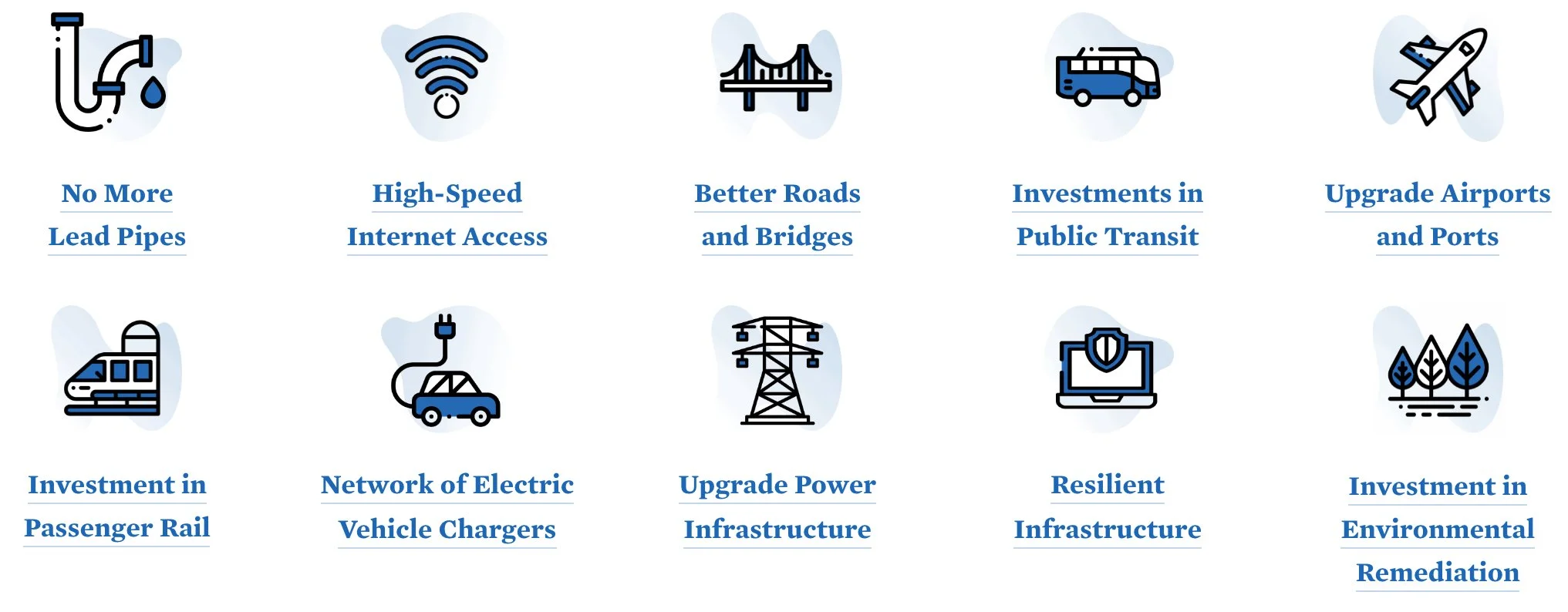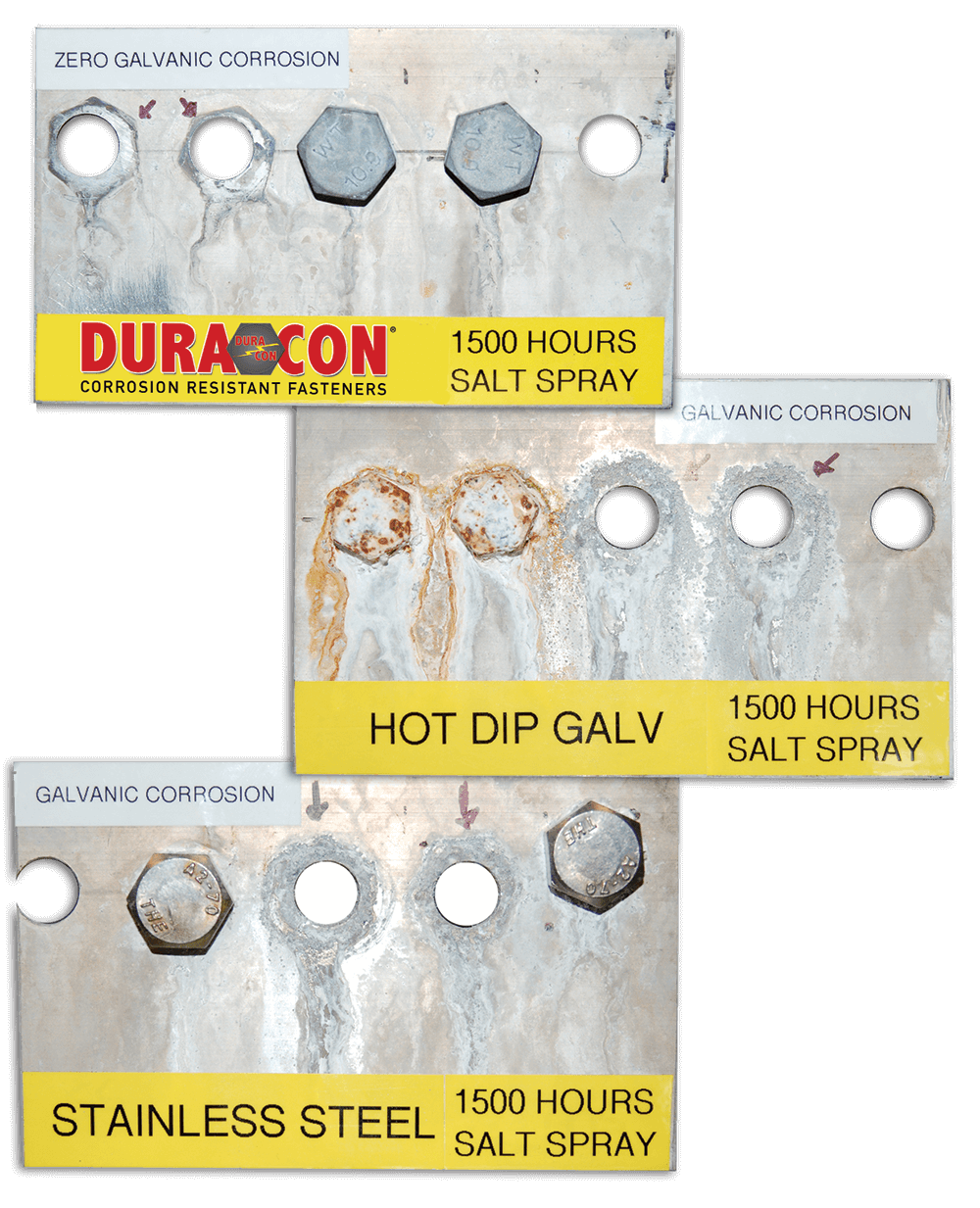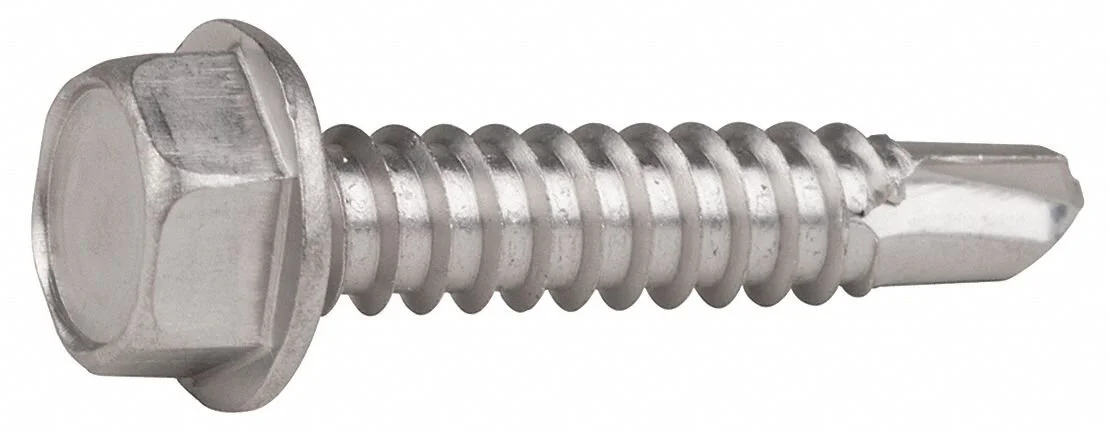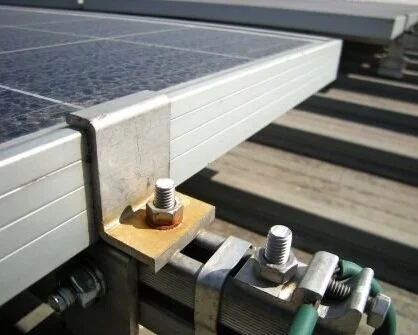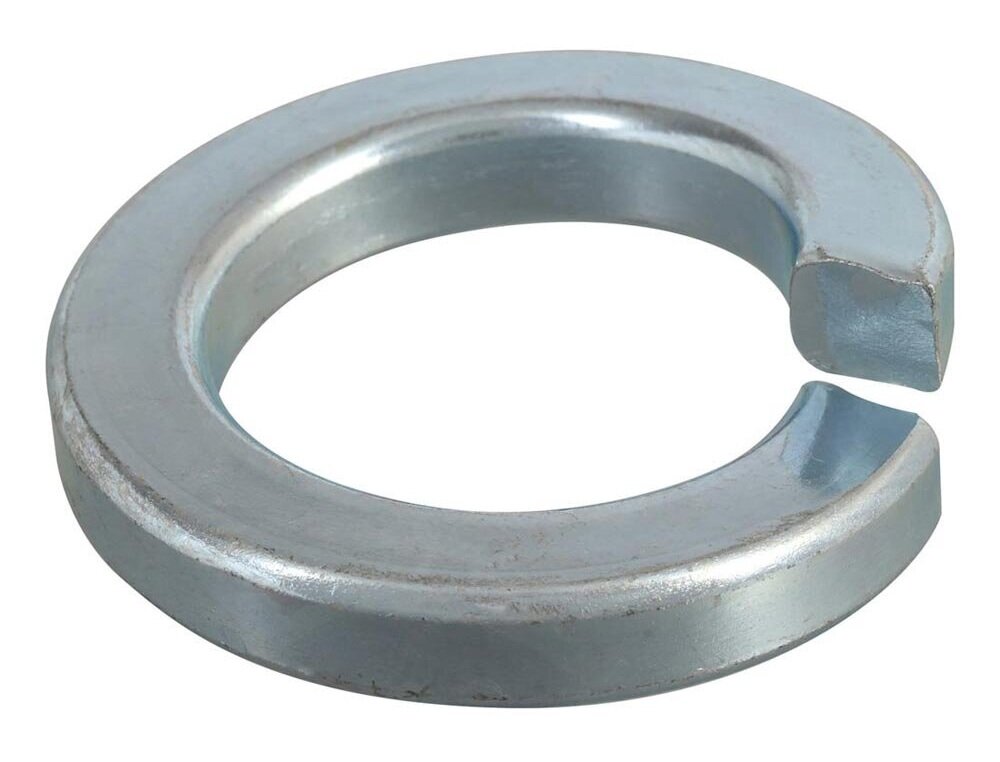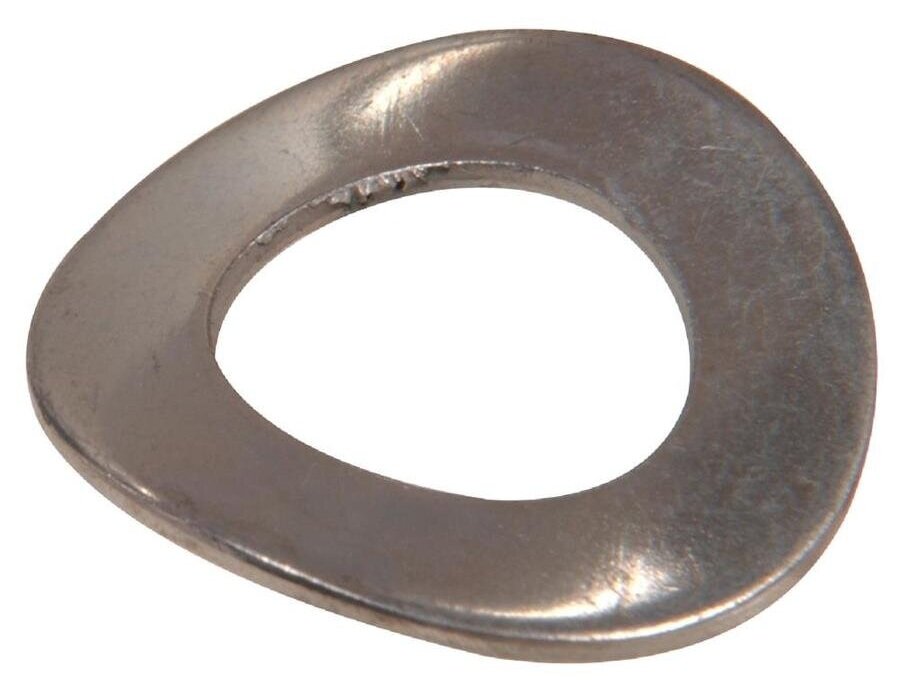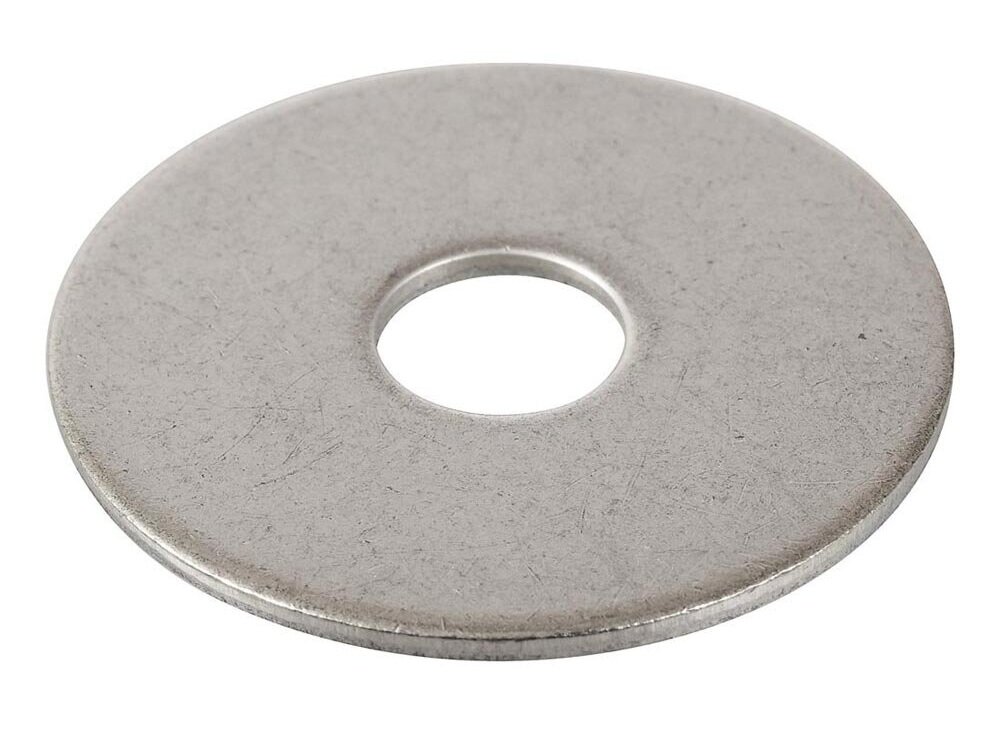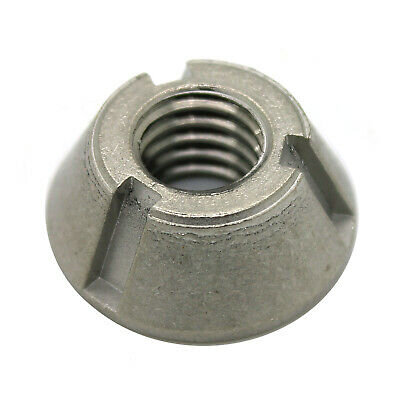With so much in the news about supply chain issues, many companies who purchase large quantities of fasteners are wondering how they will be affected. The ongoing COVID-19 pandemic has had a universal impact on the supply chain, triggering port congestion, disruptions at Chinese plants, high demand and longer lead times. The fastener industry is not immune to these challenges.
Since the majority of standard commodity fasteners come from manufacturing facilities overseas, and primarily in China, we first must examine the situation at the ports in Long Beach and Los Angeles. Maritime ports and terminals handle over 80% of all internationally traded goods. Factors that cause the disruptions at the ports include stockpiling of goods, containers piling up at the ports, which slows the entire system down – less space to move containers between docks and ships, less space for trucks, and fewer chassis available because containers are sitting on them, and workforce reductions due to illness.
While the port congestion has caused a delay, significant progress has already been made to clear the pile up. The Department of Transportation has teamed up with local authorities to waive fees, extend working hours, and create grants for ports seeking to clear up congestion and create a more resilient system overall. If this post had been written in September of 2021, we would see dwell times (the average number of days a container has spent on the dock) that were double, sometimes even triple, the pre-pandemic figure. In just one recent week, the number of containers that have been dwelling on the docks for at least nine days has fallen over twenty percent, according to data provided by the ports. In two weeks, the number of ships off the California coast that were waiting to be unloaded went from 111 to 61. It seems we are sure to see delays for at least a while longer, but this situation is quickly getting resolved with the new measures put in place, and should not cause any further problems by early in 2022.
The next issue causing potential supply chain issues for the fastener industry is the ongoing effects of the coronavirus pandemic. At the start of the COVID-19 pandemic, Chinese plants reduced shifts, reduced the number of workers at one facility at a time, and had a shortage of workers due to illness. As vaccines rolled out and more information was available, we saw an increase in production and a short time of progress in the output coming from Chinese plants. However, new variants and outbreaks of COVID have slowed down production again. Industrial production rose 5.3% in August from a year earlier, narrowing from an increase of 6.4% in July and marking the weakest pace since July 2020, data from the National Bureau of Statistics showed. With the emergence of the Omicron variant, some countries (including China) may choose to enact renewed restrictions to control transmission of the newest variant. This will lead to longer lead times, decreased output, and a delay in the final product production. Unlike the delays caused by port congestion, this factor is harder to see the end of, and we can expect some of its effects to linger on deep into 2022, and possibly even into early 2023.
Lastly, there is currently very high demand for fasteners due to the COVID-19 pandemic, as well as the reopening of manufacturing plants that were bottlenecked during coronavirus outbreaks. One sector that is rapidly growing and has seen an increase in demand for fasteners is the medical device industry. Respiratory systems and monitoring equipment, such as ventilators, all require very specific assembly, including fasteners. Overflow hospitals were built throughout the world and continue to be built in order to meet anticipated needs more quickly. Additionally, with the new infrastructure law now signed by President Biden, we’re likely to see demand increase rapidly for domestically manufactured fasteners.
When you combine all of these factors, we anticipate mixed effects to the fastener industry’s supply chain. Where the port congestion will surely improve, the effects of the ongoing pandemic are lesser known, and the increased demand caused by new initiatives and backed up factories will likely increase lead times. For assistance in making sure your fastener supply isn’t impacted by supply chain issues, contact Mudge Fasteners at (800) 634-0406.







